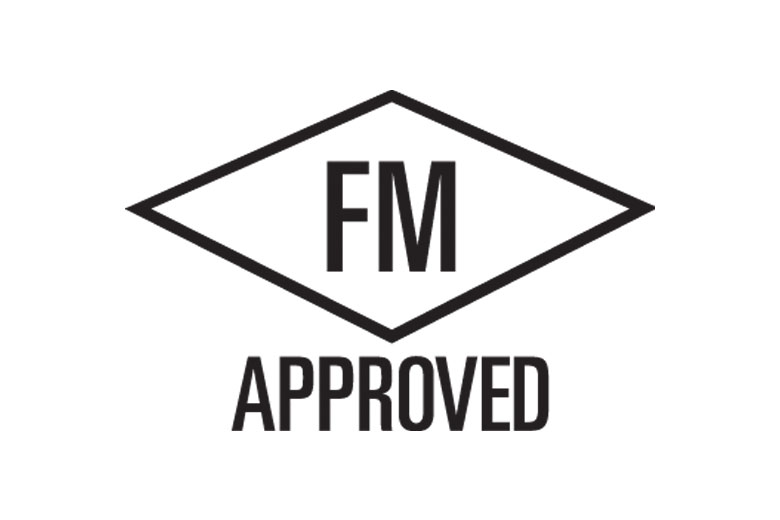

As a response to industry demands Tiger Profiles has introduced a new generation of fire resistant sandwich panels: EI Fire Shield!
TPI Fire Shield incorporates a high grade polyisocyanurate (PIR) insulation core together with a specially-designed, double tongue & groove fire-rated joint. Fire Shield PIR core provides superior fire-resistance and the special joint further protects the core from flame ingress and enables the panel to maintain its structural integrity while exposed to fire.
Panels are classified as fire-resistant when they satisfy certain performance criteria during a real fire situation. Fire resistant panels do not spread fire, contribute to it, spit out burning droplets or emit excessive smoke. Fire resistant panels preserve their integrity and heat insulation properties for a certain period of time. By successfully meeting these criteria during a fire, fire-resistant panels will provide sufficient time for occupants to safely evacuate the building and implement fire-fighting measures.
FM Global (Factory Mutual) is the world’s leading commercial insurance body that provides client risk management through product certification systems to safeguard client’s properties.FM Approvals is a material testing and certification body which carefully appraise the `construction methods vital to fire protection system certification. FM systems are widely recognized by investors, property insurers, designers and constructors for their superior fire engineered performance thus reducing fire risks.
Large scale fire tests such as those that are carried out by FM Approvals provide a better indicator of how panels will perform in a real fire situation.
TPI Fire Shield panels have received FM Approval as Class 1 insulated panels with no height restriction in accordance with FM Approvals standards 4880, 4881 and 4471.
In order to achieve this certification TPI Fire Shield panels have successfully passed vigorous testing conducted at the FM Approvals laboratories in the USA.
With its FM Approved fire-resistant panels, TPI panels have achieved the acceptance of Civil Defense authorities and set the standard for industrial projects.
In addition to the tests conducted during FM Approvals certifications, we have conducted several other fire tests according to various European and American test and classification standards.
EN 13501-1
Fire Classification of Non-Load Bearing Walls
EN 13501-1
Fire Resistance of Non-Load Bearing Elements
NFPA 255 (ASTM E84)
Surface Burning Characteristics of Building Materials
NFPA 285
Fire Propagation Characteristics of Exterior Non-Load Bearing Walls

TPI Fire Shield panels contain a special polyisocyanurate (PIR) insulation core offering superior fire performance when compared to most alternative standard insulation materials. PIR is a thermosetting material, which means that it will permanently become hard and rigid when heated. It will therefore not melt or drip when exposed to fire. The foam core forms a strong carbonaceous char creating a protective layer from the fire. With these unique properties, spread of fire within the panel is prevented. TPI Fire Shield PIR panels do not contribute to the fire and have been proven to help reduce the risk of critical building loss. TPI panels :
1 As per EN 13501-2 at a certain time limit